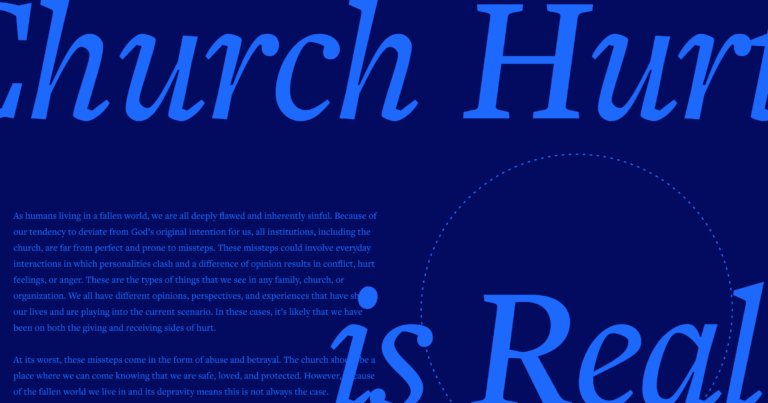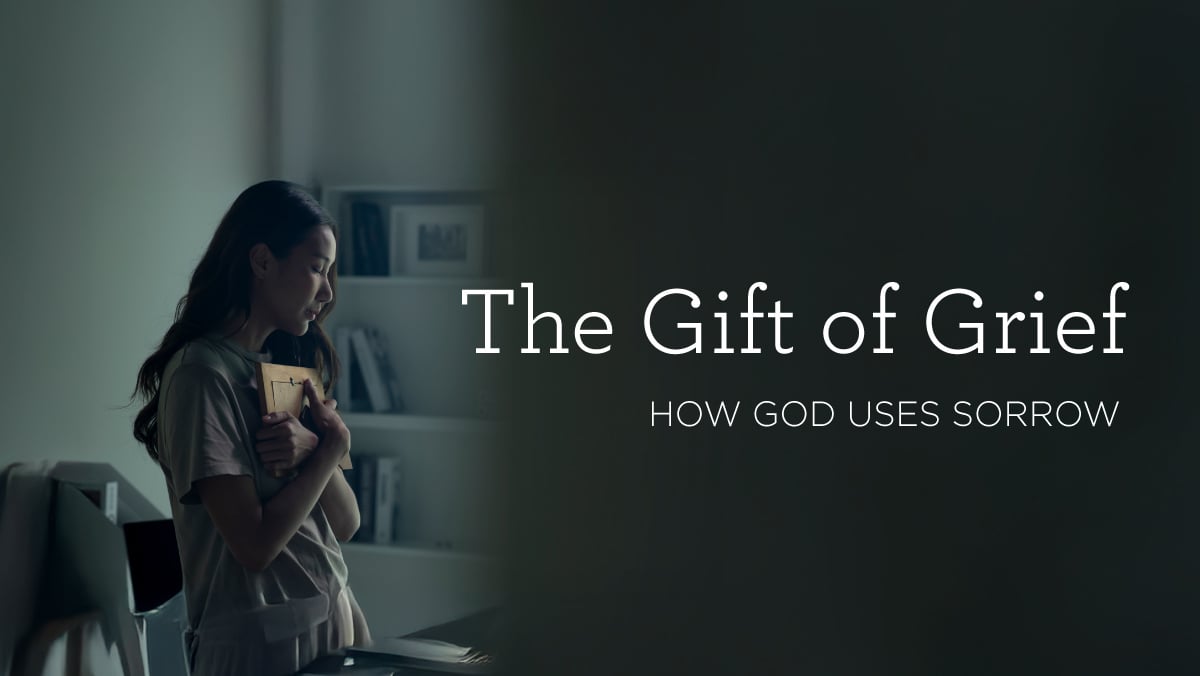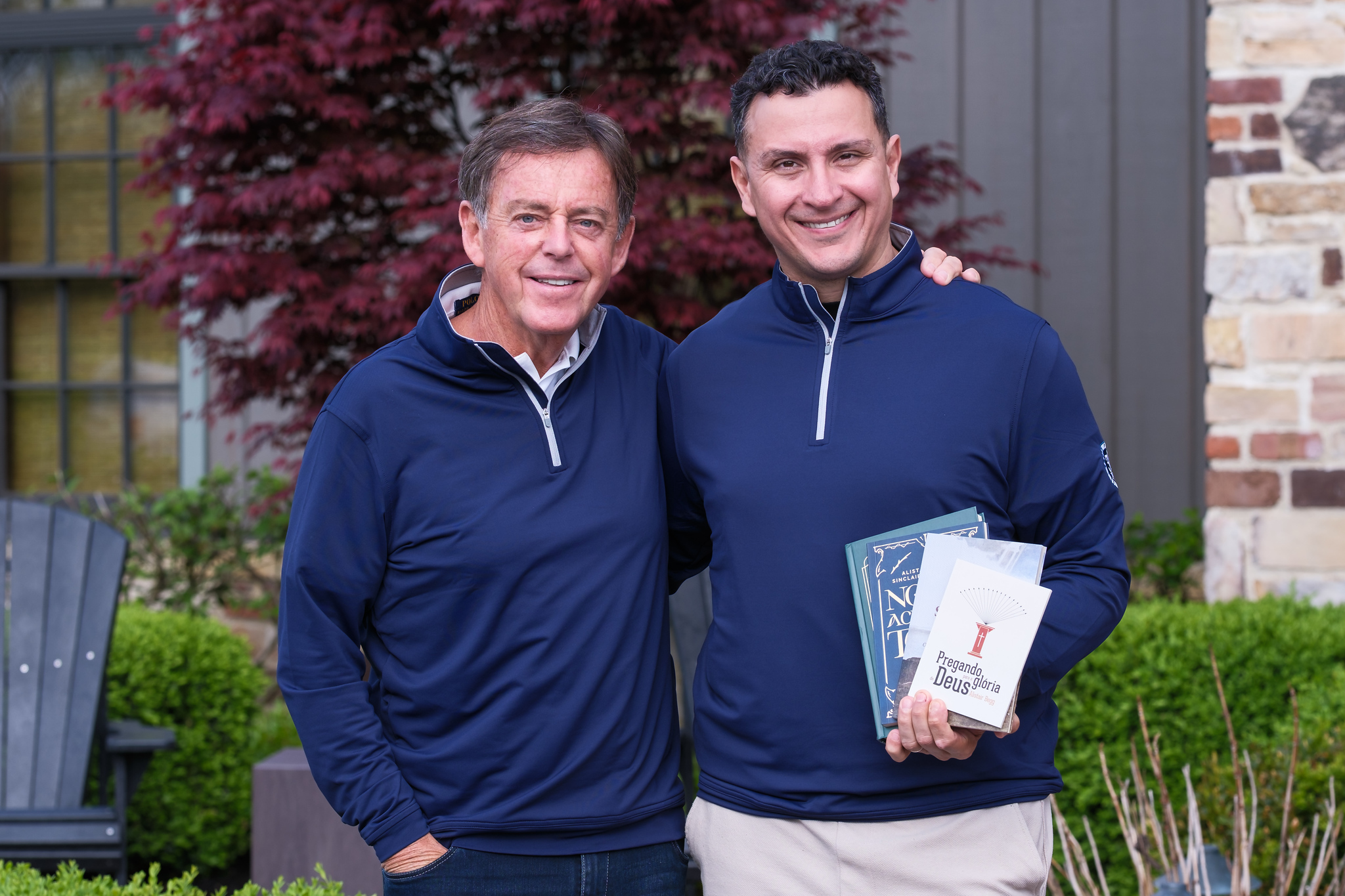Adapting for Every Learner
If I speak in the tongues of men and of angels, but have not love, I am a noisy gong or a clanging cymbal. . . . Now, brothers, if I come to you speaking in tongues, how will I benefit you unless I bring you some revelation or knowledge or prophecy or teaching? . . . So with yourselves, if with your tongue you utter speech that is not intelligible, how will anyone know what is said? For you will be speaking into the air. There are doubtless many different languages in the world, and none is without meaning, but if I do not know the meaning of the language, I will be a foreigner to the speaker and the speaker a foreigner to me. So with yourselves, since you are eager for manifestations of the Spirit, strive to excel in building up the church.
(1 Cor. 13:1; 14:6, 9–12)
In our children’s ministry environments, we don’t want it to be said that we are “speaking into the air” because the kids that God has brought to us that week aren’t able to understand what we’re saying or get the point of the lesson and the activities we planned around the lesson. We want each one of them to be drawn by the Spirit into more knowledge and a deeper understanding of God’s love for them. But how do we meet the needs of the diverse group of learners we have? And how do we know what they can learn, what challenges they face, and what our expectations should be? Let’s answer these questions, and my prayer is that you’ll feel equipped to meet the needs of each child whom God brings into your ministry.
The first step in adapting our teaching is to remember children with disabilities reflect the image of God and have the potential to have a relationship with him and grow in Christlikeness. When we can see the image of God in all children, then we can work to “re-story” the challenges they face to focus on their good design by a loving Creator. When Jesus and his disciples encountered a man who was born blind, the disciples’ focus on deficits and blame was shifted to God’s design and purpose for the man (John 9). Teachers can do that for their students as well. But when teachers and volunteers see the imago Dei in each child and remember he or she was designed on purpose for a purpose, they are motivated to support that child to the best of their ability.
Accessible Church
Sandra Peoples
Sharing years of expertise and personal experience as a caregiver, ministry consultant and professor Sandra Peoples shows churches how to remove physical and social barriers to create a welcoming, inclusive space for disability families.
Factors That Influence a Child’s Ability to Learn
Jared Kennedy writes in Keeping Your Children’s Ministry on Mission, “We need to present engaging, Christ-centered lessons to children, but they need to be developmentally appropriate.”1 Cognitive, moral, spiritual, social, emotional, and physical development happens at different speeds for children. Girls often mature faster than boys. Physical development can be influenced by nutrition and activity levels. And cognitive development includes skills that are influenced by many factors, including trust for the teacher, support at home, and genetic predispositions.
Keeping up with all the diversity in the Sunday school classroom—including physical and cognitive disabilities, mental health diagnoses, behavioral diagnoses, and learning disabilities, plus developmental stages, learning styles, and motivational behaviors—can feel overwhelming. Especially for volunteer leaders. But these children will be present in our churches, and it’s better to be proactive about meeting their needs than to be reactive. As we read about in the parable of the great banquet in Luke 14, after first inviting people with disabilities the servant said, “Still there is room.”
When ministry leaders likewise show acceptance and hospitality to people with disabilities, and thus make accommodations for them, there is still room for everyone. Those accommodations do not take away from what is needed by most people. In many cases, it can enhance their experience as well. The key to not feeling overwhelmed is to simply get to know each student and do your best to meet his or her needs.
Academic Challenges and Solutions (Applying UDL Principles)
If I want to get from Houston to Dallas—let’s say I want to visit my son who is in college there—I have different travel options. I could drive, following one of multiple routes that all take about four and a half hours. I could fly, which would take a little over an hour. I could take a bus, which would take four to five hours but leaves at only certain times. I could ride a bike; Apple Maps says that would take me twenty-five hours, which doesn’t include all the breaks I would need. Or I could even walk; Apple Maps says that would take a hundred and four hours, which again doesn’t include breaks.
With all those options for traveling from Houston to Dallas, what factors would influence my choice? They could include: the length of time the trip would take, my budget, whether I was doing strength training, my need to have a car available when I got there, the sights I would want to see, who would be traveling with me, obstacles in my way (like construction), the time of day I needed to arrive, the weather or time of year I was traveling, and what I was taking with me (like just a backpack versus hauling a trailer). Even with all the routes and options, the destination is the same—seeing my son.
Jesus’s message was so important that he wanted everyone to understand and apply what they learned.
At its core, the teaching approach known as “universal design for learning” (UDL) employs a similar concept. It provides multiple ways to achieve the learning goal. Tracy McElhatten, who works with Lifeway to adapt curriculum for kids with special needs, says UDL comes from the concept of universal design, which is about architecture. Think of how everyone can use a ramp to access a stage but only some people can use stairs. UDL applies that concept to education—making sure that everyone can access the classroom and the curriculum in a meaningful way. And this design purposefully meets the needs of all learners and is not an afterthought.2 It includes multiple means of engagement (the why of learning), multiple means of representation (the what of learning), and multiple means of action and expression (the how of learning).3
Jesus himself used teaching methods that look like UDL in action. He taught in different ways and in various locations. There were sermons to crowds and private conversations. They happened at tables, temples, and on mountainsides. He piqued interest with parables (the prodigal son), miracles (walking on water), and modeling the behavior he wanted his followers to emulate (washing the disciples’ feet). He used multiple representations, including poetry (the Sermon on the Mount), quotations and allusions to familiar stories in the Hebrew Bible (“Remember Lot’s wife”; Luke 17:32) and memorable similes (“The kingdom of heaven is like treasure hidden in a field”; Matt. 13:44). And he told his followers that they would have opportunities to show what they had learned from him: “Truly, truly, I say to you, whoever believes in me will also do the works that I do; and greater works than these will he do, because I am going to the Father” (John 14:12).
Jesus’s message was so important that he wanted everyone to understand and apply what they learned. Jesus intentionally adapted his teaching, the environment, and how he asked people to respond because he knew that every person had different needs and he wanted to meet people where they were. He always adapted, sought people, and met needs. We can learn from his example to teach in a wide variety of ways and give our kids opportunities to apply what they have learned.
Applying UDL principles can follow these simple steps:
- Focus on one goal for the lesson
- Think of the multiple ways kids could get to that goal
- Provide them with those multiple paths
- Check for understanding
- Give multiple opportunities for application and action
Many curriculum options follow UDL principles even if they don’t explicitly say so. In the Bible Studies for Life curriculum from Lifeway that my church uses, I always flip to the section in the back titled “Suggestions for Including Children with Special Needs” to help me focus on one main idea and get an idea for another example or activity that would support that main idea. In your inclusive classrooms, you can get to know each student individually and provide pathways of understanding and application for the lessons.
Individual Spiritual Plans
You may be thinking that it’s too much to keep up with all the needs the kids have and all the ways we could meet those needs. How can a volunteer teacher who sees the kids for just a few hours a week remember everything he or she would need to in order to teach every student? There’s a solution that works for churches of every size! Because every child is unique, we have developed ISPs for each one—individual spiritual plans. Similar to what the students have at school under their IEPs (individualized education programs), our ISPs take into consideration their likes, dislikes, strengths, goals, and behaviors. We decide on the goals after we get to know the student and by talking to the parents about what goals they have while their child is with us at church.4
When setting the goals for the student, we remember the primary goal—sharing the gospel! Everything is for the purpose of the student being able to hear and respond to the gospel. The goals at school, therapy, and home will meet a variety of needs for the students, so it’s important that we stay focused on our ISP goals because students are with us for such a short time compared to how much time they spend other places.
To create a rubric of ideas for ISP goals, you can think of all the different activities and opportunities you have for your kids at church.5 Then you can list possible goals in order of the support needed. Let’s say one of your priorities is Scripture memorization. What would it look like for different types of learners with different ability levels to be able to memorize Scripture? Here’s what the personalized goals could be if a student isn’t able to memorize a verse independently:
- Listen to friends repeating the verse while following along as a teacher or buddy points to the words (on the board, in a workbook, or on a handout).
- Use a communication device or sign language to communicate the Bible memory verse.
- Fill in the blanks of the verse using words or pictures/PECS (picture exchange communication system).
- Repeat the Bible memory verse with prompting after each word or each group of words.
- Memorize a shortened version of the verse or passage.
- Sing along to a song that includes the verse.
The process for setting ISP goals takes a few steps over time. First, we take into consideration the information on the registration form that the child’s parents have filled out. Then we observe the child in the type of class we think best fits his or her needs (in the inclusive class with a buddy, in the specialized sensory class, or in both environments). Next we sit down with the parents (and the child if he or she wants to be involved) and talk about the opportunities we have for the discipleship of their child. We want to partner with them in this responsibility, so we share what we’ve observed and what we think the goals could be in each category. When we’re in agreement, we create a bio sheet for our kids in the sensory room that we have available in a folder or a small version that fits into a pouch on a lanyard for our kids who get support from a buddy. That lanyard is placed in a buddy bag that includes the tools that would help support that student.
These goals can be adjusted at any time. The classroom teacher, buddy, student, or parents can let us know that they’d like to talk about a change, and we go through the steps to update them. We also reflect on the goals and talk about changes when it’s time for a transition between classes (from second grade to third grade) or ministries (from children’s ministry to youth ministry). This doesn’t have to be a formal process. We often all agree that a student needs more independence or raised expectations, and then we try it out for a few weeks to see how it goes.
Notes:
- Jared Kennedy, Keeping Your Children’s Ministry on Mission: Practical Strategies for Discipling the Next Generation (Crossway, 2022), 121.
- Sandra Peoples in Tracy McElhattan, “Engaging and Inclusive Teaching Models,” Key Ministry: The Podcast, episode 95, https://www.keyministry.org/.
- “The UDL Guidelines,” UDL Guidelines, https://udlguidelines.cast.org.
- Content in this paragraph is adapted from Sandra Peoples, “Creating ISPs (Individualized Spiritual Plans!) for Every Student in Your Special-Needs Ministry,” Key Ministry, June 18, 2020, https://www.keyministry.org/.
- You can see a sample ISP rubric at accessible-church.com.
This article is adapted from Accessible Church: A Gospel-Centered Vision for Including People with Disabilities and Their Families by Sandra Peoples.

Sandra Peoples (MDiv) is the disability ministry consultant for the Southern Baptists of Texas Convention and an adjunct professor for the John W. Rawlings School of Divinity at Liberty University, teaching classes in disability ministry. Sandra is currently a PhD student at Southwestern Baptist Theological Seminary. She and her family live outside Houston, Texas. You can connect with her at sandrapeoples.com.
Related Articles
An Open Letter to the Church Member Hurt by Their Local Church
March 25, 2024Local churches hurt people. People hurt people, of course; but since churches are people, churches have the capacity to inflict severe relational pain.
10 Things You Should Know about People with Disabilities
September 07, 2019When we find ourselves weak, broken, disabled, we find that God shows up in unexpected ways.
What Did Jesus Teach about Disabilities?
March 07, 2024In the record of Jesus’s ministry in the four Gospels, we see in the Savior a striking focus upon a ministry among the deaf, mute, lame, blind, and the broader community they represent.
Growing a Disability-Effective Church
October 01, 2020How can churches become equipped to be disability effective? By living transparently with weakness and allowing these weaknesses to issue forth in fruitful labor in Christ’s church.
Crossway is a not-for-profit Christian ministry that exists solely for the purpose of proclaiming the gospel through publishing gospel-centered, Bible-centered content. Learn more or donate today at crossway.org/about.












 English (US) ·
English (US) ·